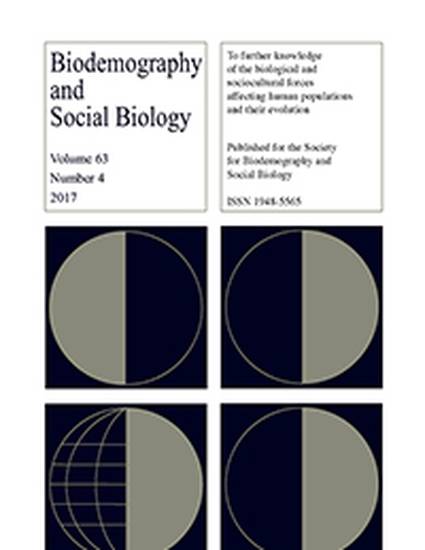
Empirical research has revealed a positive relationship between number of sex partners and involvement in antisocial behaviors. Most attempts to explain this association have taken an evolutionary perspective and argued that the same traits (e.g., impulsiveness, shortsightedness, and aggressiveness) that are related to a large number of sex partners are also related to criminal involvement However, there is also reason to believe that the covariation between sex partners and crime behaviors can be partially explained by a common genetic pathway, where genes that are related to sex partners are also related to antisocial conduct. We test this possibility by using data from the National Longitudinal Study of Adolescent Health (Add Health). Specifically, we examine whether variants of the dopamine transporter gene (DAT1) are associated with number of sexual partners and with adult criminal behavior. The results of our analyses reveal two broad findings. First, and in line with prior research, we find that there is a strong positive association between sex partners and antisocial behavior. Second, DAT1 explains variation in both number of sexual partners and in criminal conduct for males. We speak to the implications of our findings.
Available at: http://works.bepress.com/anthony_walsh/88/
